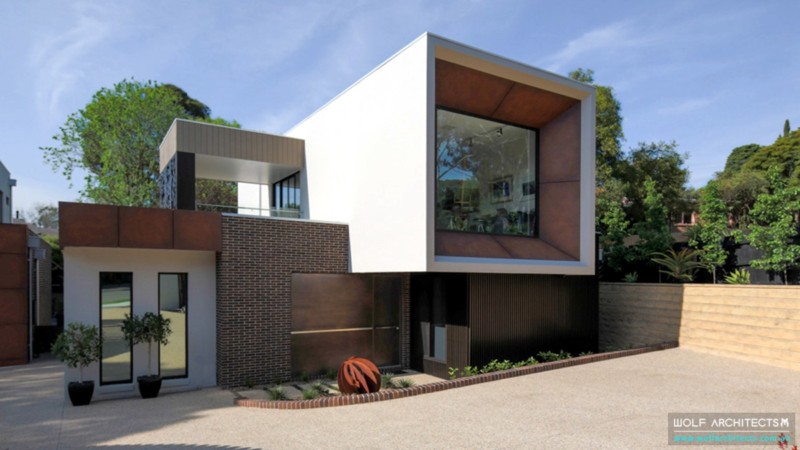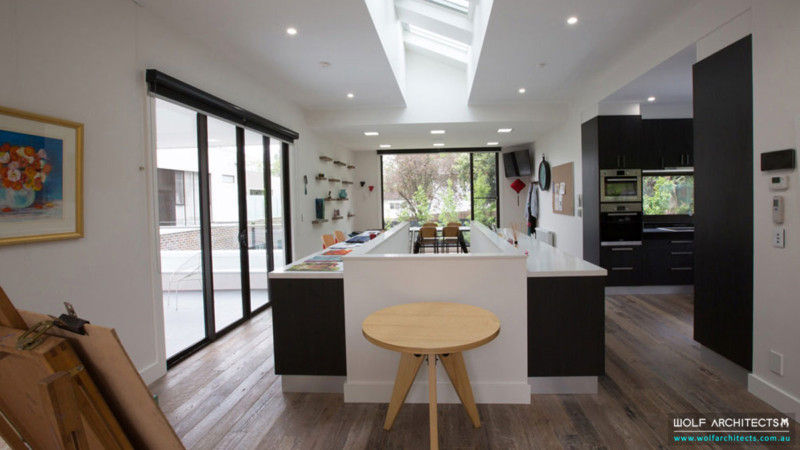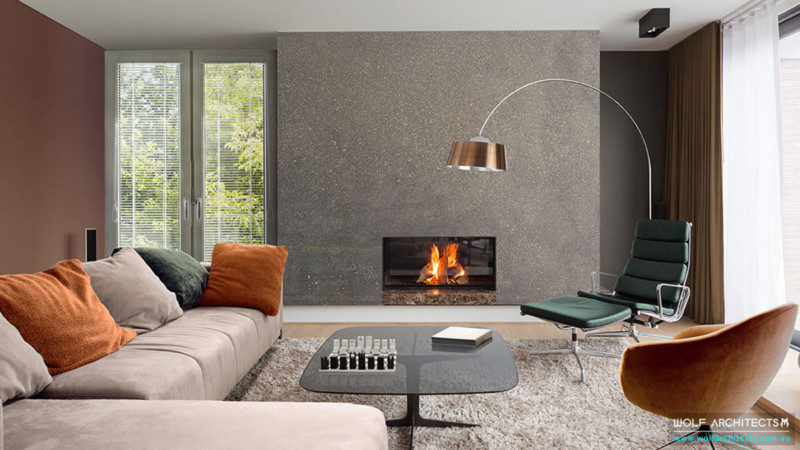Does Size Matter?
Pack a suitcase or backpack, and you will quickly realise that randomly throwing everything in is not as efficient as neatly organising the space. The same goes for a drawer, a cupboard or even the boot of you car when leaving Costco! A small space can be just as good as a larger one when it is used efficiently.
Over the last generation new homes in Australia have grown larger and larger in size. The neologism “McMansions” was explored in the 2 part ABC production: Streets of Your Town- Modernism to McMansionism, the story of our suburbs.
Externally size has much more of an impact than just the footprint of the home. On our ever shrinking blocks of suburban land, having a large home that covers most of the block removes open space for play, outdoor entertaining, greenery and in turn the sounds of birds and nature. Councils increasingly need to legislate to protect green open spaces and prevent concrete overtaking them.
Internally the size of your home and it’s rooms has a large impact on energy efficiency. There was a recent SMH article that speaks about the black outs that have been experienced across Australia and how it ties to larger home sizes. When you connect the dots, high electricity and gas bills are compounded in large homes of the McMansion trend. Add to all of this the environmental impact and having a larger home appears to be a loss on all fronts.
The most significant impact of a home that is too large goes further than the inefficient use of space- hallways where there need be none and rooms that don’t connect or have no flexibility. Sprawling homes with many separate rooms encourage the disconnection between family members. Smart phones, social media and an endless response to our jobs has already impacted relationships and family time significantly. Our cyber world is ever invading our physical world, yet by designing our built environment to encourage connectivity within the home we may be able to counter the pull of the screen.
We can achieve all of this by designing homes that are 20-25% smaller. The key is ensuring that the bones of the home are right- the floor plan, the orientation and the use of space. This is made possible when the home is designed to suit the needs of the end user. A smaller footprint will bring down the cost of building, allowing higher valued items to be placed into each home, such as double glazing, hydronic heating or a feature kitchen. This in turn leads to lower heating and cooling needs and smaller bills. Our connection to the garden, trees and sky will be enhanced as we find vistas and views that bring the outside in; another clever way that architects make a home feel larger than it is.
Size does matter. Through innovative designs and architectural principles, occupants will reap the true value of an architecturally designed home; Elegant and efficient living.




0 Comments